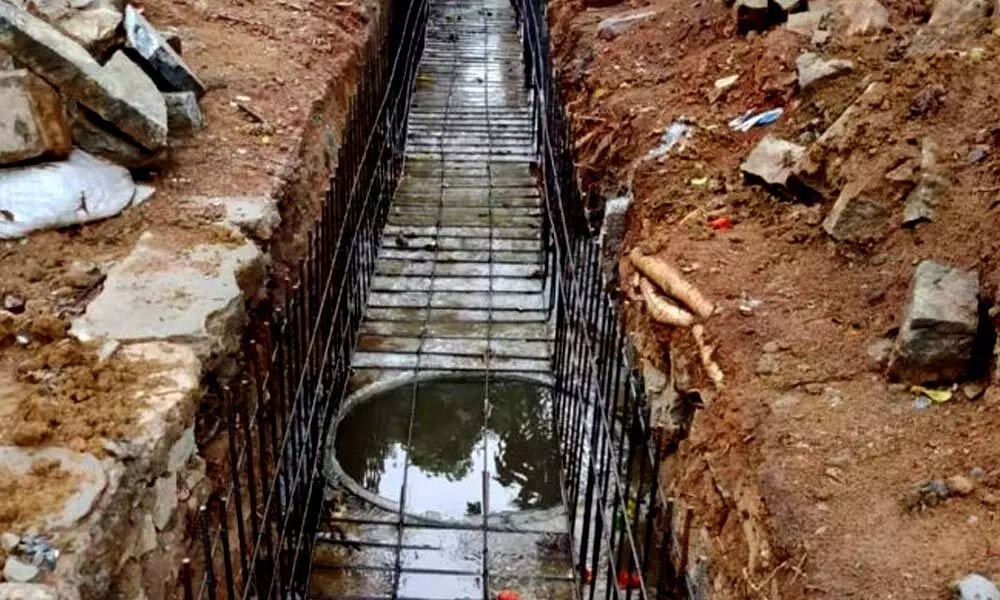Study Suggests That Uranium Is Found In The Groundwater Of A Karnataka Village

Representative Image. (Photo/deccanherald)
- The maximal safety limit suggested by the World Health Organization (WHO) is 30 micrograms per litre (g/l), however India's Atomic Energy Regulatory Board has give a maximum limit of 60 micrograms per litre.
- Researchers conducted a survey 73 villages in the state's eastern region for the investigation.
According to a new survey, chemical analysis of groundwater in 73 Karnataka villages hinted high and risky levels of uranium concentration in 78 percent of these areas. The maximal safety limit suggested by the World Health Organization (WHO) is 30 micrograms per litre (g/l), however India's Atomic Energy Regulatory Board has give a maximum limit of 60 micrograms per litre.
The contamination was linked to natural causes rather than manmade activities, as shown in a recent study by the Divecha Centre for Climate Change at the Indian Institute of Science (IISc) and the Centre for Advanced Research in Environmental Radioactivity at Mangalore University.
Researchers conducted a survey 73 villages in the state's eastern region for the investigation. They discovered uranium concentrations of more than 30 micrograms per litre in 57 villages and more than 60 micrograms per litre in 48 villages.
In one hamlet each in Tumakuru and Chitradurga districts, five in Kolar, and seven in Chikkaballapur, scientists discovered uranium concentrations exceeding 1,000 micrograms per litre. An article published in Current Science reported the observations. Uranium poisoning can cause serious health problems. Dr. Subrata Das, an internal medicine specialist and diabetologist at Sakra World Hospital, stated as an impartial expert that detrimental consequences are decided by the amount of uranium consumed.
According to the researchers, neither of the borewells wherein the water was taken were within nuclear facilities or urban waste disposal routes. The elevated uranium concentration, as per the experts, is due to a fall in the groundwater level as well as Karnataka's geological makeup.
According to gamma-ray spectrometric surveys, the eastern half of Karnataka has a higher quantity of potassium, uranium, and thorium than the western part, which geologists refer to as the Eastern and Western Dharwar craton, correspondingly.
Due to the sheer high radon content in the Bengaluru urban and rural belts, large levels of uranium were identified in three villages in the Bengaluru Rural district.
Avathi village samples exhibited significant uranium levels, ranging from 174 to 942 micrograms per litre, while Kodagurki village samples had 356 g/l uranium, according to the study, which matches observations provided by the Central Ground Water Board. A sample from the district's Gudla Muddenahalli revealed more uranium than the WHO's recommended limit (56).
Meanwhile, repeated test at Gollahalli village in Bengaluru Urban revealed that uranium concentrations fluctuated from 9 to 310 micrograms per litre throughout the year.
Next Story














